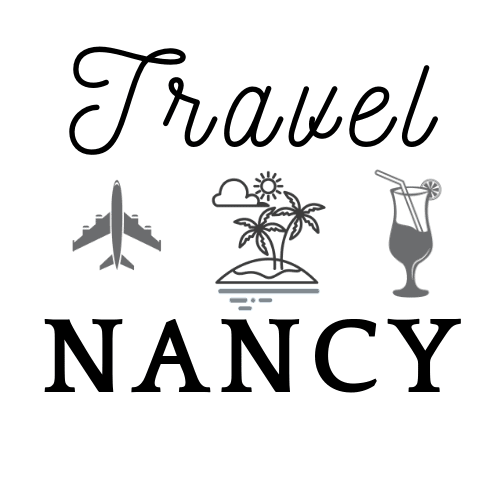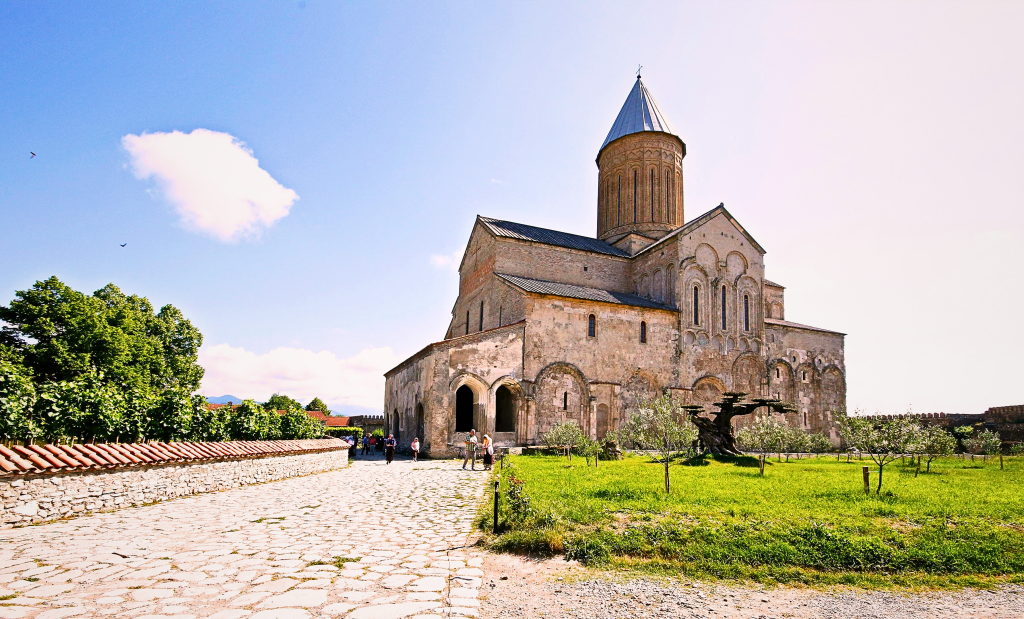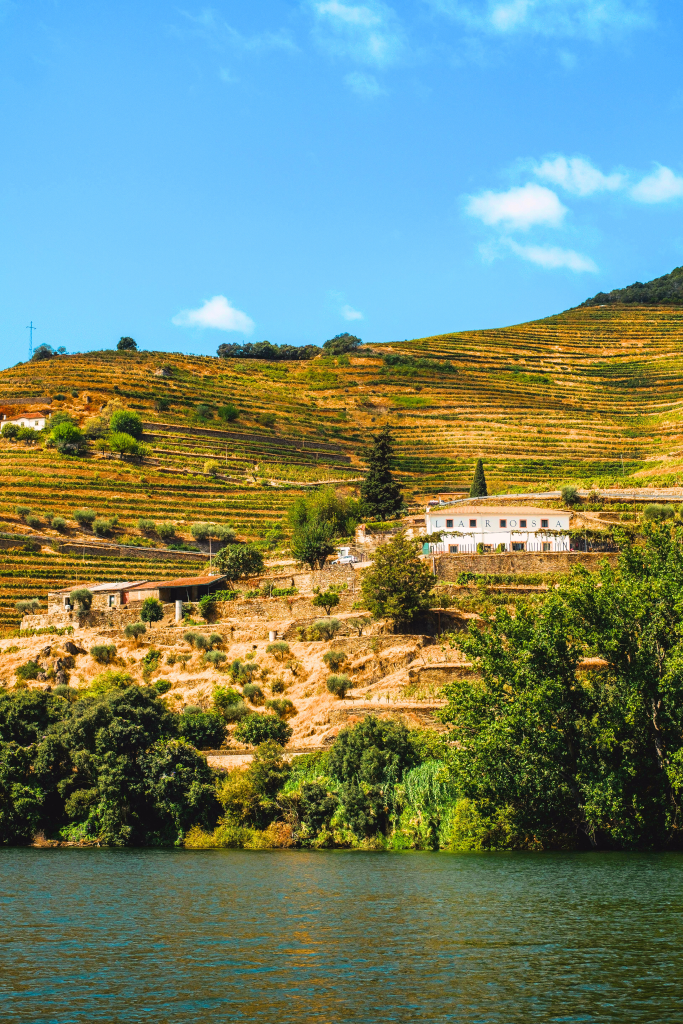The siren call of Italy is undeniable. But for seasoned travelers, the constant tide of tourists flowing through Florence and the never-ending lines at the Vatican begin to wear thin. Italy is not just a museum of antiquities; it is a living, breathing nation of 20 regions, each holding secrets the guidebooks skip entirely.
This is your passport to the real Italia. We are trading the crowds of the Piazza San Marco for quiet conversations in a village piazza, the tourist traps for authentic, slow-cooked regional flavor. These seven Underrated Italian destinations are where the magic truly happens, where you stop consuming Italy and start living it.
Matera, Basilicata: The City of Stone
Matera is unlike any other place on earth. Located in the remote southern region of Basilicata, this ancient city is carved directly into the limestone cliffs of a deep canyon. The Sassi di Matera, ancient cave dwellings, represent one of the oldest continuously inhabited settlements in the world.
- Key Attractions: Spend days wandering the labyrinthine Sassi district (a UNESCO World Heritage Site), visit the subterranean rock-hewn churches (chiese rupestri), and explore the Casa Grotta di Vico Solitario, a preserved cave home offering a sobering look at historical life.
- Cultural Insight: Matera was once described as the “shame of Italy” due to its poverty. Now, its transformation into a cultural capital is a triumph of preservation. It was named the European Capital of Culture in 2019, but its unique geography still shields it from the mass tourism found in the North.
- Travel Tips: The nearest major airport is Bari (BRI). From there, take the local railway (FAL) to Matera. The best time to visit is the low season (April–May and September–October) to avoid the intense summer heat reflecting off the pale stone.
Expert Insight: Matera is often described as a “living museum, with its winding streets, narrow alleys, and centuries-old buildings, creating a sense that time has stood still.”
Procida, Campania: The Pastel Secret of Naples Bay
While Capri and Ischia hog the spotlight in the Bay of Naples, Procida remains the quiet, authentic fishermen’s island. It is a stunning, tiny landmass characterized by its signature pastel colored houses stacked dramatically around the harbor, Marina Grande, and Corricella.
- Key Attractions: Explore Marina Corricella, the stunning harbor often featured in films, and walk up to Terra Murata, the highest point, for views of the walled medieval citadel and the Abbey of San Michele Arcangelo. Beaches like Chiaia and Pozzo Vecchio (the setting of Il Postino) are tranquil.
- Cultural Insight: Procida was named Italy’s Capital of Culture in 2022, a title that celebrates its simplicity and seafaring heritage. Unlike its neighbors, Procida relies on fishing and local life, keeping the prices and the atmosphere authentically Italian.
- Travel Tips: Take a fast ferry (hydrofoil) from Naples (Beverello port). The island is small enough to explore entirely on foot or by electric bicycle. Tip: Arrive early and watch the local fishermen mend their nets for a genuine experience.
Local Quote: Procida’s beauty lies in its simplicity; colorful houses line the narrow streets, and the smell of the sea is never far away. Procida is the most underrated island in Italy.“
Trieste, Friuli Venezia Giulia: Italy’s Cosmopolitan Corner
Located away in the northeastern corner near Slovenia, Trieste feels like a Central European city that decided to vacation on the Adriatic Sea. Its unique blend of Italian, Slavic, and Austro-Hungarian influences gives it an elegant, intellectual atmosphere distinct from typical Italian destinations.
- Key Attractions: Stroll through Piazza Unità d’Italia, one of Europe’s largest squares opening directly onto the sea. Visit the dramatic Miramare Castle, built for Archduke Ferdinand Maximilian. Then, duck into one of the city’s grand, historic coffee houses, such as Caffè San Marco, which rival Vienna’s best.
- Cultural Insight: Trieste was the former maritime gateway of the vast Austro-Hungarian Empire. This history explains the grand Viennese architecture and the city’s strong literary past, having been home to writers like James Joyce and Italo Svevo.
- Travel Tips: Trieste has an airport (TRS) and excellent rail connections to Venice (two hours away). It is a hub for slow travel, exploring the surrounding Carso plateau and its vineyards.
- Food Tip: The regional cuisine, Cucina Triestina, features flavors from the Balkans and Austria, including jota (bean and sauerkraut soup) and goulash.
Bergamo, Lombardy: The Walled Hilltop Paradise
Just a short, easy train ride from Milan, Bergamo is inexplicably overlooked by travelers rushing to Lake Como or the Alps. It is split into two distinct parts: the modern Città Bassa (Lower Town) and the enchanting Città Alta (Upper Town), encircled by majestic Venetian walls (a UNESCO site).
- Key Attractions: Take the funicular up to the Città Alta. Walk the entire circuit of the Venetian Walls, visit the beautiful Piazza Vecchia, and climb the Civic Tower (Campanone) for views across the plain and the Alps.
- Historical Context: Bergamo’s medieval upper city has been stunningly preserved. The Venetian Walls were built in the 16th century to defend the city and now offer a peaceful 6-kilometer pedestrian loop. The city’s history is steeped in centuries of Venetian rule.
- Travel Tips: Bergamo is served by Milan’s Orio al Serio Airport (BGY). Take the bus directly from the airport or the train from Milan to the Città Bassa, then the funicular up. Recommended: Spend a full day and stay until dusk; the atmosphere as the old city lights up is magical.
According to travelers, Bergamo’s Città Alta is a hilltop historic paradise, encircled in fog and Venetian walls. The old city is like a step back in time.”
Ascoli Piceno, Marche: Travertine Elegance
Tucked in the heart of the Marche region, Ascoli Piceno is a breathtaking, small city that blends medieval history with Renaissance elegance. It is famous for its elegant architecture constructed almost entirely from pale, polished travertine marble, which glows pink at sunset.
- Key Attractions: The centerpiece is the Piazza del Popolo, one of Italy’s most beautiful squares, often described as an outdoor drawing room. Wander the narrow streets (vicoli), visit the Romanesque churches, and see the ancient Ponte di Cecco bridge.
- Cultural Insight: Ascoli feels immensely “lived in.” It’s a true hidden gem for history and architecture lovers that maintains a vibrant local life. Its relative isolation in the central Marche region has protected it from becoming a mass tourist stop.
- Culinary Must-Try: The town is famous for its unique culinary delight: Olive all’ascolana, pitted, seasoned olives stuffed with meat and deep-fried. Find them at a local friggitoria.
- Travel Tips: Ascoli Piceno is best reached by car or train from Ancona or Pescara. Its inland location makes it ideal for combining with a trip to the nearby Sibilline Mountains National Park.
Modena, Emilia-Romagna: The Engine of Flavor
While Bologna and Parma dominate the gastronomic map of Emilia-Romagna, Modena stands quietly between them, the undisputed capital of the region’s twin crowns: high-speed luxury and ancient, dark flavor.
- Key Attractions:
- Food: Visit the Mercato Albinelli for a sensory feast. Tour an acetaia (vinegar producer) to see how true Traditional Balsamic Vinegar of Modena is aged.
- Cars: The city is the birthplace of Ferrari and Maserati. The Enzo Ferrari Museum is a pilgrimage for automotive enthusiasts.
- Expert Quote: “Modena can hold her own in the kitchen,” despite being sandwiched between two famous gastronomic centres. The city is a masterpiece of concentrated, high-quality production.
- Travel Tips: Modena is centrally located on Italy’s efficient train line, making it easy to access from Bologna, Florence, or Milan. Must do: Book a slow, multi-course meal at an authentic trattoria to truly savor the difference between commercial and authentic balsamic vinegar.
Camogli, Liguria: The Quiet Rival to Cinque Terre
Along the colorful Ligurian coast, everyone flocks to the Cinque Terre, but just north, a quieter, more genuinely charming fishing village waits. Camogli (meaning “House of Wives”) is characterized by tall, brightly painted houses that seem to tumble into the sea, protecting the small harbor.
- Key Attractions: Relax on the pebble beach, visit the Basilica di Santa Maria Assunta, built directly on a sea rock, and take a boat trip to the stunning, isolated Abbey of San Fruttuoso, accessible only by sea or a difficult hike.
- Cultural Insight: Camogli was historically a major maritime power. Its houses were painted in bright, specific colors and geometric patterns so fishermen could spot their homes from far out at sea. The local pace is slow; the main activity is the daily passeggiata along the waterfront.
- Travel Tips: Camogli is easily reached by train from Genoa. Pro Tip: Time your visit for the annual Festa della Sagra del Pesce (Festival of Fish) in May, where a giant 4-meter frying pan is used to cook tons of fresh fish for the public.
The Art of Slow Travel
The greatest joy in Italy is often found in the spontaneous discovery of the conversation with a local nonna, the regional dish you’ve never heard of, the quiet piazza where you sip an aperitivo and watch life unfold. This is the art of slow travel, prioritizing depth over breadth, which is perfectly suited to these underrated destinations.
As travel writer E.M. Forster once wrote: “Love and understand the Italians, for the people are more marvelous than the land”. By venturing Beyond Rome, you open yourself up to the most marvelous experiences Italy has to offer.
Have you discovered an Italian hidden gem we missed? Share your favorite underrated Italy destinations in the comments below! We love hearing your secrets.
To receive more authentic, off-the-beaten-path travel guides and tips delivered straight to your inbox, subscribe to our newsletter today. Follow us on Instagram for daily doses
You may also find this video about the unique cultural blend in Italian cities helpful: 7 Most Underrated Italian Cities To Visit.



























